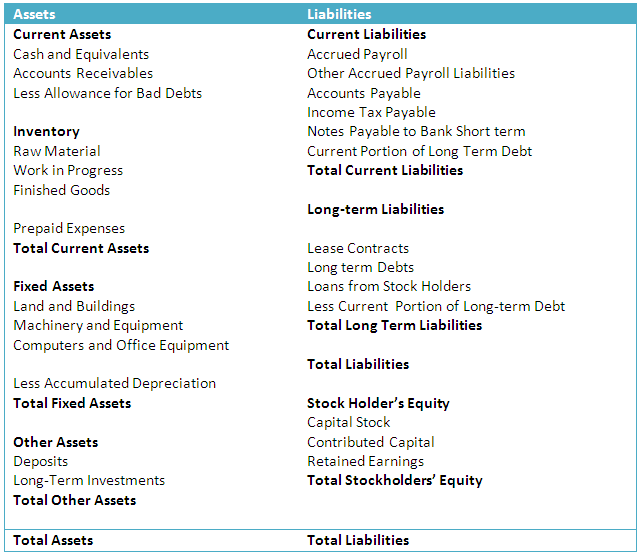What are Current Assets
Post on: 15 Июль, 2015 No Comment

By Motley Fool Staff | More Articles
The first major component of the balance sheet is current assets. These assets can easily be converted to cash within one operating cycle — the amount of time the company needs to sell a product and collect cash from that sale, often anywhere between 60 and 180 days.
Companies need current assets to fund their day-to-day operations. If current assets fall short, the company will have to scramble for other sources of short-term funding, either by taking on debt (hello, interest payments) or issuing more stock (hello, shareholder dilution).
There are five main kinds of current assets:
- Cash and equivalents
- Short- and long-term investments
- Accounts receivable
- Inventories
- Prepaid expenses
Cash and equivalents
These assets are literally money in the bank: cold, hard cash or something equivalent, like bearer bonds, money market funds, or vintage comic books. (OK, maybe not that last one.) As completely liquid assets, cash and equivalents should get special respect from shareholders. If a company had nothing better to do with these funds, it could mail them straight to you as a fat dividend, or use them to buy back shares and boost the value of your stock.

Short-term investments
These represent the next step above cash and equivalents. They normally come into play when a company has so much cash on hand that it can afford to tie some of it up in bonds lasting less than one year. This money can’t immediately be liquefied without some effort, but it does earn a higher return than plain old cash. Cash and investments give shares immediate value, and while they’re not entirely easy to liquidate, in a pinch they can be distributed to shareholders with minimal effort.
Accounts receivable
Normally abbreviated as A/R, these are funds that customers currently owe to a company. They’ve received the company’s products, but haven’t yet paid for those goods or services. Companies routinely buy goods and services from other companies on credit. Although A/R is almost always turned into cash within a short amount of time, some customers aren’t so diligent. In rare cases, companies have to write off bad accounts receivable if they’ve shipped goods or provided services to a customer unwilling or unable to pay.
In that event, you’ll see something called allowance for bad debt in parentheses beside the accounts receivable number. The company’s set this money aside to cover the potential for bad customers, based on any such problems it may have previously endured. Even with this allowance, companies may still be forced to take hefty writedowns, or convert part of their accounts receivable to a loan, if a big customer finds itself in unexpected trouble.
It’s important to compare how quickly accounts receivable grow compared to revenue. If receivables are rising faster than revenue, you know that the company hasn’t yet been paid for many of the sales in that particular quarter. (Later in this series, we’ll look more closely at ways to measure accounts receivable, including A/R turnover and days sales outstanding.)
Inventories
These are the components and finished products that a company has currently stockpiled to sell to customers. Not all companies have inventories, particularly if they are involved in advertising, consulting, services, or information industries. For companies that do sell physical goods, however, inventories are extremely important.
Investors should view inventories somewhat skeptically when evaluating a company’s assets. Because of various accounting systems like FIFO (first in, first out) or LIFO (last in, first out), as well as real liquidation compared to accounting value, the balance sheet often overstates inventories’ value.
In addition, inventories tie up capital. Money sunk into inventory can’t be used to help sell those goods (and turn them back into cash). Companies with inventories growing faster than revenue, or sluggish sales of backed-up inventory, can be disasters waiting to happen. Again, we’ll look more closely at inventory turnover later in this series.
Prepaid expenditures
The company has already paid these expenses to its suppliers. They can be a lump sum paid to an advertising agency, or a credit for some bad merchandise issued by a supplier. Although these expenditures aren’t technically liquid, since the company does not actually have the money in question in the bank, having bills already paid is a definite plus. It means that those bills won’t have to be paid in the future, allowing more of the revenue for that particular quarter to flow to the bottom line and become liquid assets.
For more lessons on reading a balance sheet, follow the links at the bottom of our introductory article .














